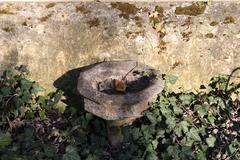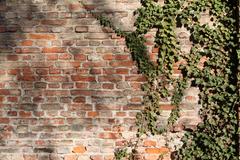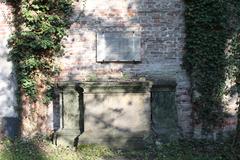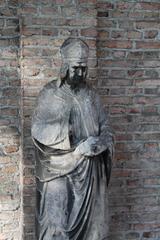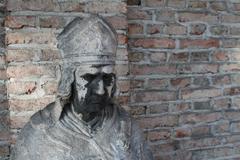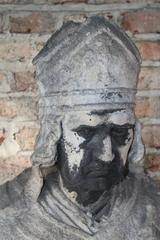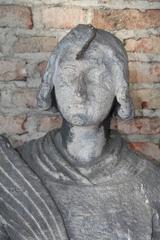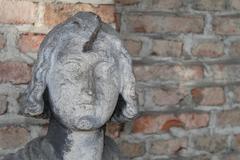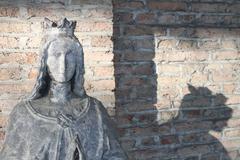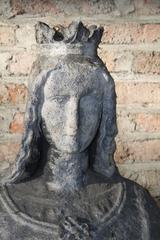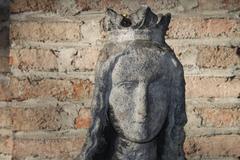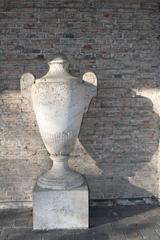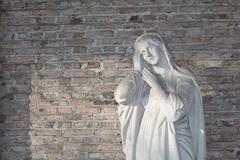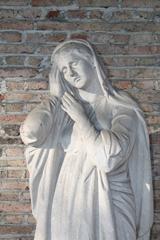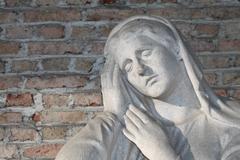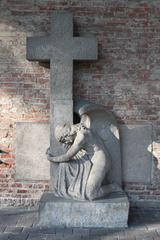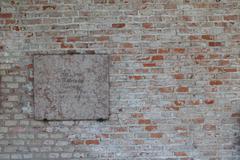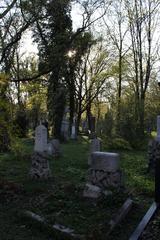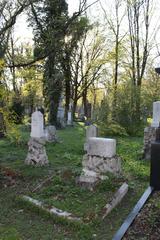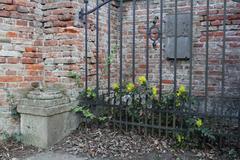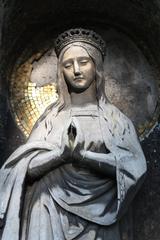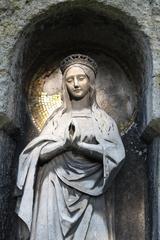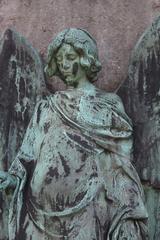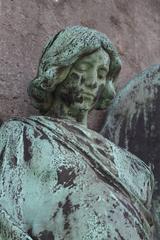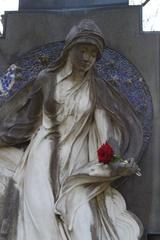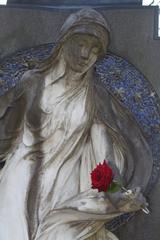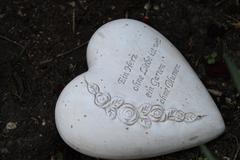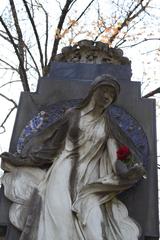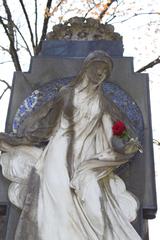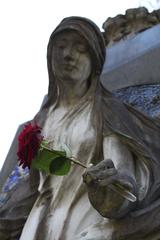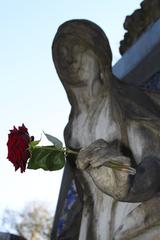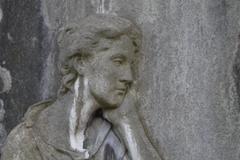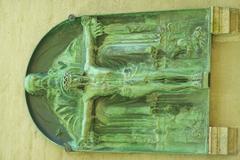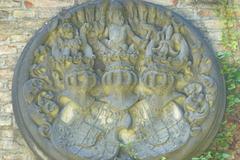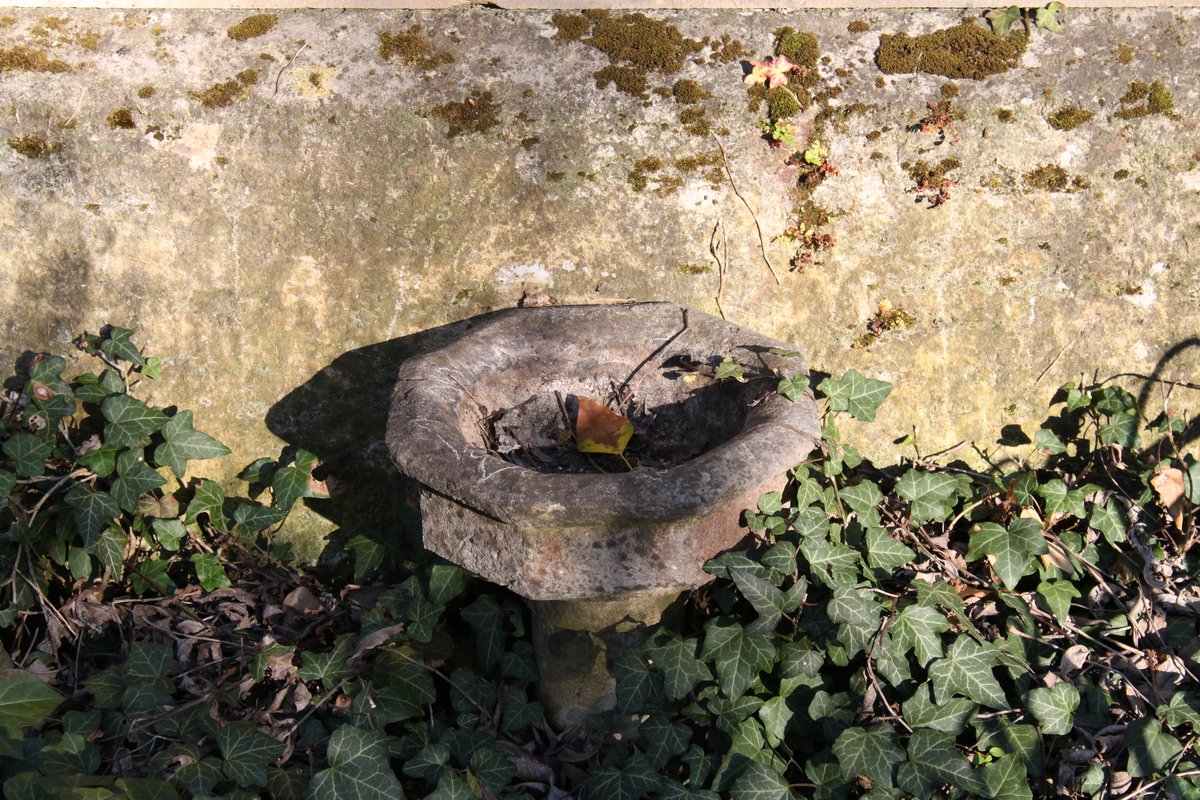
Alter Südfriedhof Munich: Comprehensive Visiting Hours, Tickets, and Travel Guide
Date: 14/06/2025
Introduction
Alter Südfriedhof, Munich’s Old South Cemetery, stands as a unique fusion of history, culture, and nature in the heart of the city. Established in 1563 in response to a devastating plague, this historic cemetery has evolved into a tranquil urban oasis and a living museum of Munich’s past. With its lush landscapes, notable burials, and impressive funerary art, Alter Südfriedhof offers visitors a rare opportunity to explore the city’s layered history and artistic legacy.
Open daily with free admission, the cemetery is easily accessible and ideally situated near cultural hubs like Sendlinger Tor and the Glockenbachviertel district. Seasonal guided tours, interactive resources, and special events further enrich the visitor experience. Whether you are a history buff, art lover, or simply seeking peaceful reflection, this guide provides all the essential information for making the most of your visit to Alter Südfriedhof.
For up-to-date details on history, visiting hours, tickets, accessibility, and nearby attractions, consult authoritative sources such as the official cemetery website and local expert guides (alter-suedlicher-friedhof.de; Smart City Guide; Florian Scheungraber).
Table of Contents
- Historical Overview
- Visiting Information
- Layout and Nature
- Cultural and Artistic Significance
- Community, Events, and Tours
- Practical Tips & Facilities
- FAQs
- Conclusion
- References
Historical Overview
Origins and Early Development
Alter Südfriedhof was founded in 1563 by Duke Albrecht V to address urgent public health needs during a plague epidemic. Built outside the city’s walls, it marked a shift in burial practices and urban planning (alter-suedlicher-friedhof.de).
Becoming Munich’s Central Cemetery
From 1788, following a ban on burials within city limits, Alter Südfriedhof became Munich’s central burial ground for 80 years. Graves from inner-city churchyards were transferred here, often in large communal plots, reflecting the social changes of the era (grabstein-steinmetz.de).
19th-Century Expansion and Artistic Flourishing
Under King Ludwig I, the cemetery underwent major expansion in the 19th century. Architect Friedrich von Gärtner redesigned the grounds, inspired by Italy’s Campo Santo style, adding arcades, crypts, and elaborate monuments that showcase the era’s artistic trends (alter-suedlicher-friedhof.de).
20th Century: Decline, War, and Restoration
After the opening of Alter Nordfriedhof in 1868, the cemetery’s prominence waned, and burials ceased in 1944. World War II caused significant damage, followed by restoration projects in the 1950s and early 2000s that preserved its historical and ecological value (grabstein-steinmetz.de).
Notable Burials
Alter Südfriedhof is the final resting place for major figures such as Leo von Klenze, Friedrich von Gärtner, Carl Spitzweg, Joseph von Fraunhofer, and Justus von Liebig, encapsulating Munich’s scientific, architectural, and cultural legacy (Smart City Guide).
Visiting Information
Opening Hours
- Daily: 07:00–20:00 (may vary seasonally; check the official website)
Admission
- Entry: Free for individual visitors
- Guided Tours: Require advance booking and a fee (typically €15 per person for public tours) (florian-scheungraber.de)
Location & Getting There
- Address: Stephansplatz 2, 80337 München
- Public Transport: U-Bahn Sendlinger Tor (U1, U2, U3, U6, U7, U8), nearby bus and tram stops (florian-scheungraber.de)
- Cycling: Located on major bike routes
Accessibility
- Paths: Main routes are wide and flat; some older sections have uneven ground
- Wheelchair & Strollers: Central paths accessible; side paths may be less suitable
- No on-site restrooms or cafés; amenities are available in the surrounding neighborhoods
Layout and Nature
Alter Südfriedhof’s grounds are divided into two sections: the historic northern part and a southern extension. Landscaped in the Italian garden style, the cemetery features tree-lined avenues, open lawns, and ivy-clad gravestones (MuenchenWiki). Mature linden, chestnut, and maple trees provide shade and support urban biodiversity, with spring crocuses and wildflowers adding seasonal color (Florian Scheungraber).
The cemetery serves as an important ecological green space, providing habitat for birds, squirrels, and insects, and offering urban cooling and air purification.
Cultural and Artistic Significance
Artistic Heritage
Alter Südfriedhof is renowned for its open-air museum of funerary art, displaying styles from the Renaissance to Jugendstil (Art Nouveau) (Absolute Munich). Notable gravestones and sculptures were crafted by leading architects and artists, including Ludwig Schwanthaler and Friedrich von Gärtner.
Notable Personalities Interred
- Leo von Klenze: Neoclassical architect (Smart City Guide)
- Carl Spitzweg: Painter (Smart City Guide)
- Joseph von Fraunhofer: Physicist (Smart City Guide)
- Justus von Liebig: Chemist (Smart City Guide)
- Ludwig Schwanthaler: Sculptor (Absolute Munich)
Living Cultural Space
Although burials ceased in 1944, the cemetery remains a vibrant public park and venue for cultural events, walks, and exhibitions (Absolute Munich). Its setting in the lively Glockenbachviertel district enhances its role as a dynamic cultural landmark (Munich Travel).
Community, Events, and Tours
Guided Tours
- Overview Tours: Cover the cemetery’s history, art, and notable graves
- Themed Tours: Focus on topics like Oktoberfest history or prominent personalities
- Children & Youth Tours: Tailored for younger audiences
- Private Tours: Customizable for groups
Advance registration is required; tours are typically led by local expert Florian Scheungraber. Tours can be arranged in English or other languages upon request (florian-scheungraber.de).
Events
The cemetery occasionally hosts cultural events, open-air readings, and commemorative ceremonies. Check local event calendars for dates and details (florian-scheungraber.de).
Practical Tips & Facilities
- Dress: Wear comfortable walking shoes; bring weather-appropriate clothing.
- Amenities: No restrooms or cafés on-site; options available nearby in Glockenbachviertel.
- Visitor Conduct: Maintain respectful behavior, keep noise to a minimum, no cycling, and keep dogs leashed (service animals permitted).
- Photography: Allowed for personal use; please respect mourners and privacy.
- Safety: Well-maintained and safe, but surfaces can be slippery after rain.
FAQs
Q: Is entry to Alter Südfriedhof free?
A: Yes, entry is free. Only guided tours require tickets.
Q: What are the opening hours?
A: Daily from 07:00 to 20:00 (may vary seasonally).
Q: Are guided tours available in English?
A: Yes, upon request.
Q: Is the cemetery accessible for wheelchairs and strollers?
A: Main paths are accessible; some side paths may be uneven.
Q: Are there restrooms or cafés inside?
A: No, but facilities are available in the surrounding district.
Conclusion
Alter Südfriedhof is a remarkable testament to Munich’s rich historical, artistic, and natural heritage. Its tranquil paths, artistic gravestones, and notable burials invite visitors to reflect on the city’s past while enjoying a serene urban park. With free entry, guided tours, and a vibrant cultural atmosphere, it is a must-visit destination for both locals and tourists. Plan your visit today—explore, reflect, and connect with Munich’s layered history within these peaceful grounds.
For the latest information on events, tours, and practical details, consult the official guide’s website, download relevant mobile apps, and explore related articles on Munich’s historical landmarks.
